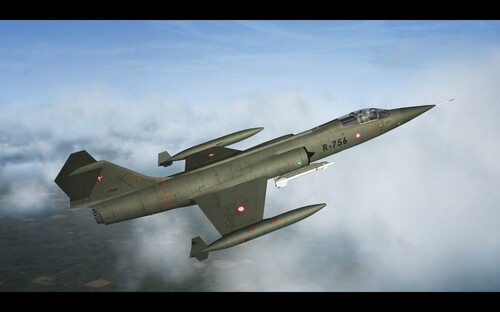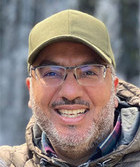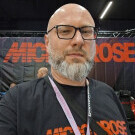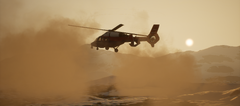- 5 replies
- 9,139 views
- Add Reply
- 7 replies
- 3,529 views
- Add Reply
- 41 replies
- 28,378 views
- Add Reply
- 6 replies
- 18,808 views
- Add Reply
- 8 replies
- 2,880 views
- Add Reply
5000 Files Passed

By Fates,
We have a total of 5006 files in 319 categories
A total of 536 unique authors have submitted to our site
There have been 2314948 logged downloads to date
2+ million downloads....wow..
Congrats everyone! Thanks to all the modders for supporting the community.
If you would like to give your support so we can continue to host your favorite mods,
Please check out our Subscription Packages.
--The CA Staff
Thirdwire Sneak Peaks
A Modder’s Diary:
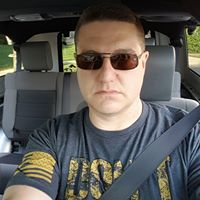
By Dave,
http://www.simhq.com/_air11/air_364a.html
Outstanding article for sure sums up what a lot of us have been doing for the last 5 years.....and why some of us hate that terrain editor. Good job P!
Subscription Plans NOW Available
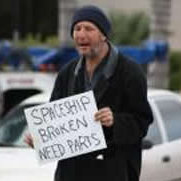
By Erik,


Hello Everyone;
I'd like to take a few moments to announce some new opportunities and features here at CombatACE.com.
Before I talk about the new features, it is important to outline some history and facts. Just a short year and half ago when MK2 decided to step up and provide for this community, our membership hovered around 3,000. Today it is nearing 30,000. In the early days of our community it was common for us to provide five to six hundred Gigabytes (GB)
An Interview with Ezlead

By Fates,
Continuing our series of interviews here at CA, USAFMTL received an opportunity to interview Ezlead. Another great read.
1. Can you tell us a little about yourself?
I was always interested in flying ever since I was about 7 years old. My uncle had an old J-3 cub and he took me up a few times. I just loved it.
I went to college at Northern Illinois Univ. for 2 years and then enlisted in the Marines.
After boot,ITR,OCS,Basic School and flight school I was stationed at MCAS Cherry Point,N
WOI Review By Spectre_USA

By Dave,
Spec and I have known each other for a long long time. I asked him to review WOI for Combatace because I know he would tell you what you need to know and what you didn't. So check out his review by reading the link below. It is an excellent read.
http://combatace.com/index.php?categoryid=...p2_articleid=70

